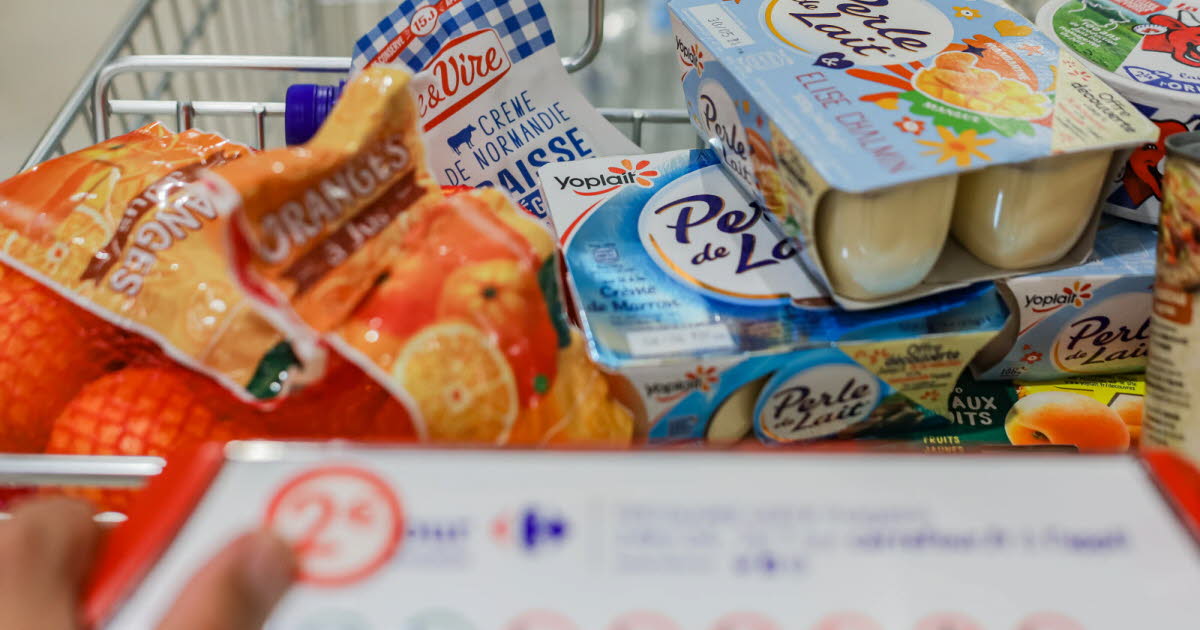Eating fruits and vegetables is better for the planet than meat and cheese. But crisps and sugary drinks have a much lower environmental impact: Scientists analyzed nearly 57,000 products sold in supermarkets in the United Kingdom and Ireland, in a large study published Monday in the journal Science. PNAS.
The researchers, hoping their study will help consumers shop more sustainably without sacrificing anything for their health, cross-referenced their results with the nutritional properties of these foods.
Fruits, vegetables, chips: good students
To assess environmental impact, four factors are taken into account: greenhouse gas emissions, use of limited water resources, land use, and aquatic eutrophication (pollution of water).
Syrups, sodas or other fruit juices are among the products sold with the least environmental impact – because they are mostly made of water -. But the study points out that their nutritional quality is poor. However, researchers believe that in general, the most sustainable products are the best from a nutritional perspective.
Bread, but also some cereals, some prepared foods or desserts (cakes, biscuits, etc.) have a relatively low or medium environmental impact.
On the other hand, fish, cheese and meat, especially red meat (lamb, beef) have a strong influence.
Plant-based alternatives to meat, dairy and eggs can have huge environmental benefits
A study published in PNAS
But “small” transitions can also help. For example, chicken or pork lasagna or even vegetarian can be used instead of beef lasagna, which has a strong environmental impact.
In the future, better knowing the amount and origin of different ingredients will help to more accurately determine their impact on the environment, the researchers note.
Imperfect compositions
This work confirms what other studies have already advanced by analyzing single ingredients (fruits, red meat, etc.). What is new is that the analysis here concerns products with multiple ingredients (sauces, prepared foods, etc.).
The task is difficult because the amount of each ingredient is considered a trade secret and therefore not very detailed: Of the more than 57,000 products sold by eight food retailers, only about 3% have a fully calculated composition.
Therefore, scientists have developed an algorithm based on little known information to estimate the proportion of missing ingredients – in the United Kingdom and Ireland, ingredients are listed separately according to the quantity used.

Prone to fits of apathy. Unable to type with boxing gloves on. Internet advocate. Avid travel enthusiast. Entrepreneur. Music expert.



